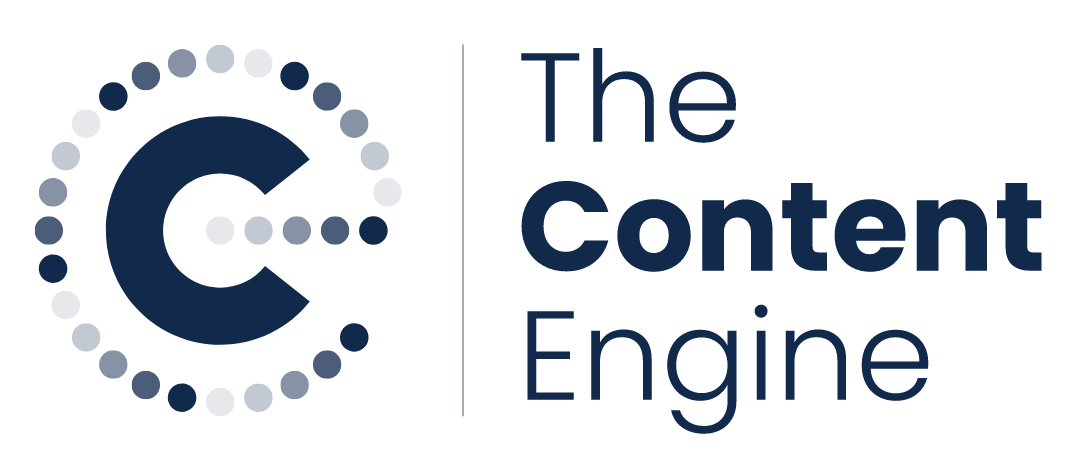Why expert interviews should be a content creation staple
In 2025, planet Earth feels like a pretty opinionated place to be. From the phones we check as soon as we wake up, to the newsletters we forgot we subscribed to, it can feel hard to get through the day without a barrage of digital updates on the state of the world.
Paradoxically, to understand the world in all its complexity, there is no greater resource than our fellow humans - and often, we seek out expert voices to help us make sense of it all. For organisations hoping to cut through the digital noise, thoughtful first-person content can be key: it offers a way to connect with a busy, distracted audience, to take them behind the scenes and share the most genuine insights.
So what does this mean for communications teams creating digital content? How do we banish the buzzwords and gather meaningful insights from a CEO attending a key global conference? How do we ditch the glossy stock images and share the real-world experience of a project leader in the field? One answer lies in a tried-and-tested format - reinvented for our saturated digital world: the expert interview.
Here are 3 things that can turn a 30-minute conversation into weeks - even months - of engaging, varied, human-centric content.
1. Know the topic - then leave it to the expert
Whether you’re interviewing a senior executive or a subject-matter specialist, the challenge is to capture their unique perspective in a way that will resonate with your audience. The first mission is to get beyond the obvious questions and answers - so it’s important to familiarise yourself with the subject matter, and read up on key themes and current trends.
Once you’ve done that though, take a big step back. Judging which questions to ask, when to let the conversation flow, and when to act as a guide is key to putting the expert at ease. So ‘reading the room’ is the next key step: they may be hurried, nervous, distracted or underprepared. How you choose to step in and use your knowledge could make the difference between a superficial chat and a memorable, fresh take.
2. Give it time
Among the biggest obstacles to creating authentic first-person content is time. It takes time to identify and reach out to interview participants, and to schedule a conversation around their day job. But the truth is, those aren’t even the first steps. Choosing who to speak to, and when and where to share their insights should fit into a wider content strategy. What do you hope to learn from them? Who is the audience? How does the expert’s current work fit into the wider sector or industry?
Having a clear plan will help you to make the most of the time you have for the interview, and to be fully present once the conversation is underway. That will help ensure it’s a real, human conversation as well as delivering what you need for the end product. For instance, as you listen out for soundbites, take a moment to capture your interviewee’s tone and register, or pinpoint what makes their perspective unique.
3. The key to scale: establishing a process
The best way to build a real-life picture of your organisation is to showcase the broad diversity of people working towards your goals. The right mix of human-centric content can help you to show as well as tell, building trust with your audience. In the age of AI, scaling up and regularly posting consistent, high-quality, informative content - featuring real people - can set you apart.
By putting in place a process and taking a journalistic approach, a single 30-minute interview can be repurposed into a whole variety of digital content. It could be adapted into a first-person YouTube Short, an audio sting quote for LinkedIn or a lively Q&A for a podcast segment. This extends shelf-life and the reach of the content, and provides more ways for your audience to engage with it. Handled right, that same 30-minute conversation is also a goldmine for horizon scanning, new ideas, and content planning.
Authenticity, amplified
Busy people doing important work have so many insights to share - but no time to spare. Once upon a time, the solution to this was securing precious column inches for a one-off thought leadership piece in a prestigious newspaper - or elevating them to a podium for a rousing keynote speech.
Today though, we can do so much more. We can capture that podium energy and sprinkle it into people’s pockets, in the form of bite-sized human insights that help our organisations stand out from the crowd. At The Content Engine, it’s a thrill to work with talented and experienced writers, video producers and designers, to amplify those insights for audiences around the world.

